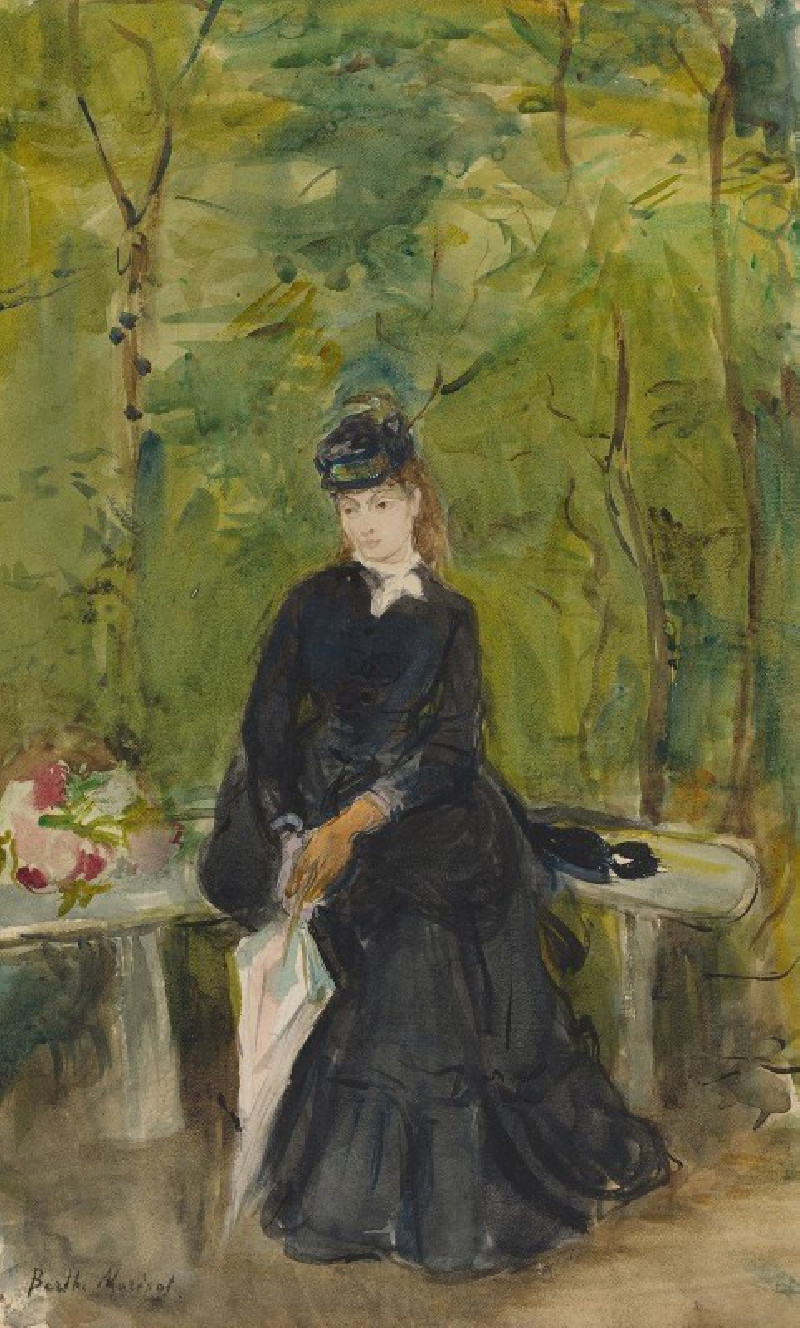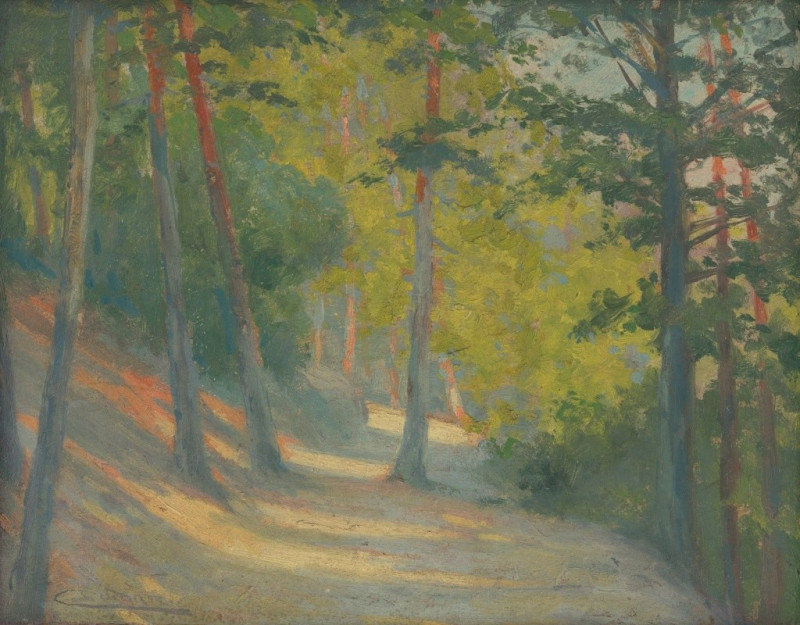Henry Fuseli
Technique: Giclée quality print
Recommended by our customers
More about this artwork
Welcome to an intimate glimpse into the artistic portrayal of notable Swiss painter, Henry Fuseli, crafted by the skilled hand of John Frederick Lewis. This delicate pencil sketch, simply titled "Henry Fuseli," offers viewers more than just a representation; it invites us into a moment of quiet reflection.Rendered with a light yet confident touch, the drawing captures Fuseli in profile, his features etched with the subtle signs of age and experience. His eyes, cast downwards and slightly obscured by the brim of his hat, suggest a moment of introspection or fatigue. The most striking aspect is perhaps the hat itself, which adds a characteristic flourish to the composition, framing his thoughtful expression.Fuseli's attire, though only suggested in minimal lines, speaks to the genteel fashion of the period, reflecting both his status and the societal norms of his time.This piece not only showcases Lewis's mastery in pencil drawing but also serves as a testament to Fuseli's enduring influence in the art world.
Delivery
Returns
John Frederick Lewis was an English Orientalist painter. He specialized in Oriental and Mediterranean scenes in detailed watercolour or oils, very often repeating the same composition in a version in each medium. He lived for several years in a traditional mansion in Cairo, and after his return to England in 1851 he specialized in highly detailed works showing both realistic genre scenes of Middle Eastern life and more idealized scenes in upper class Egyptian interiors with little apparent Western influence.

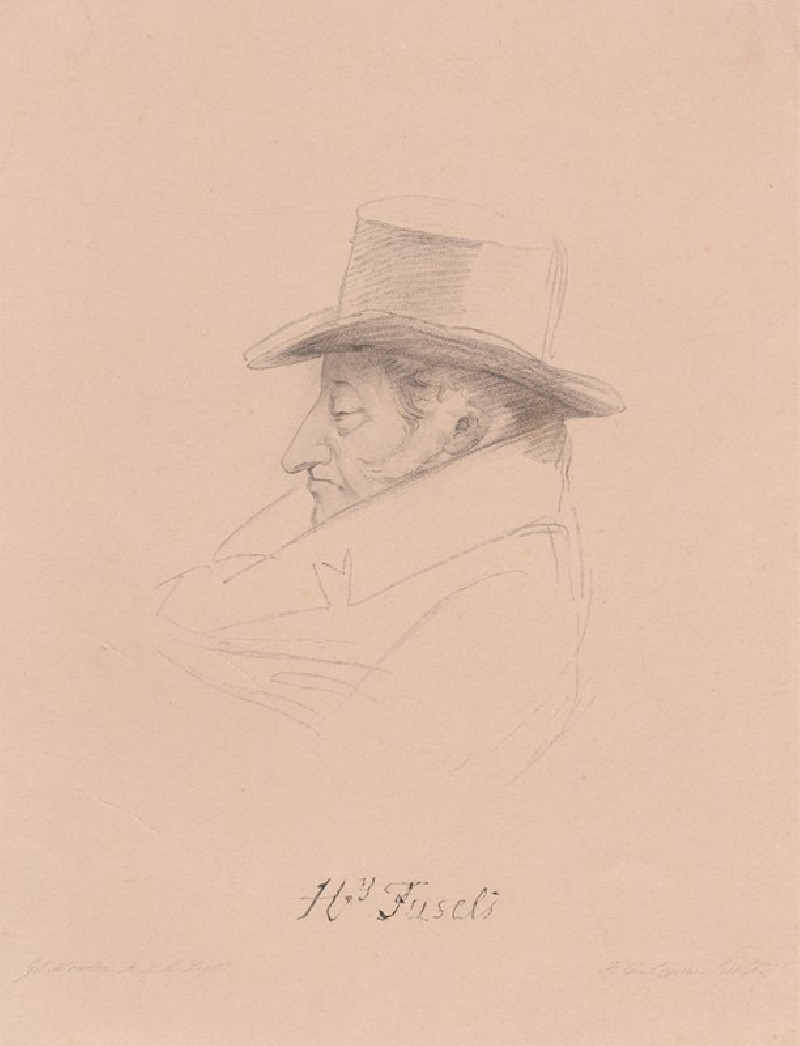
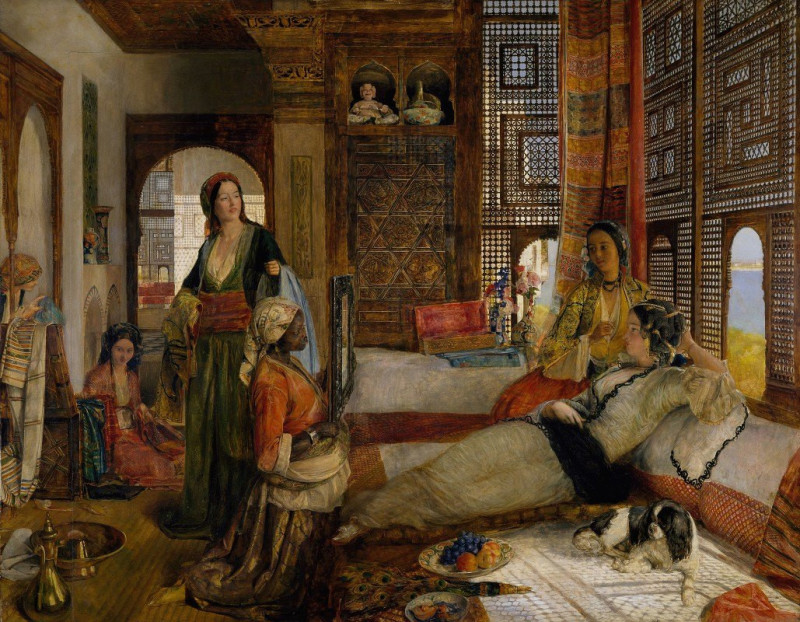


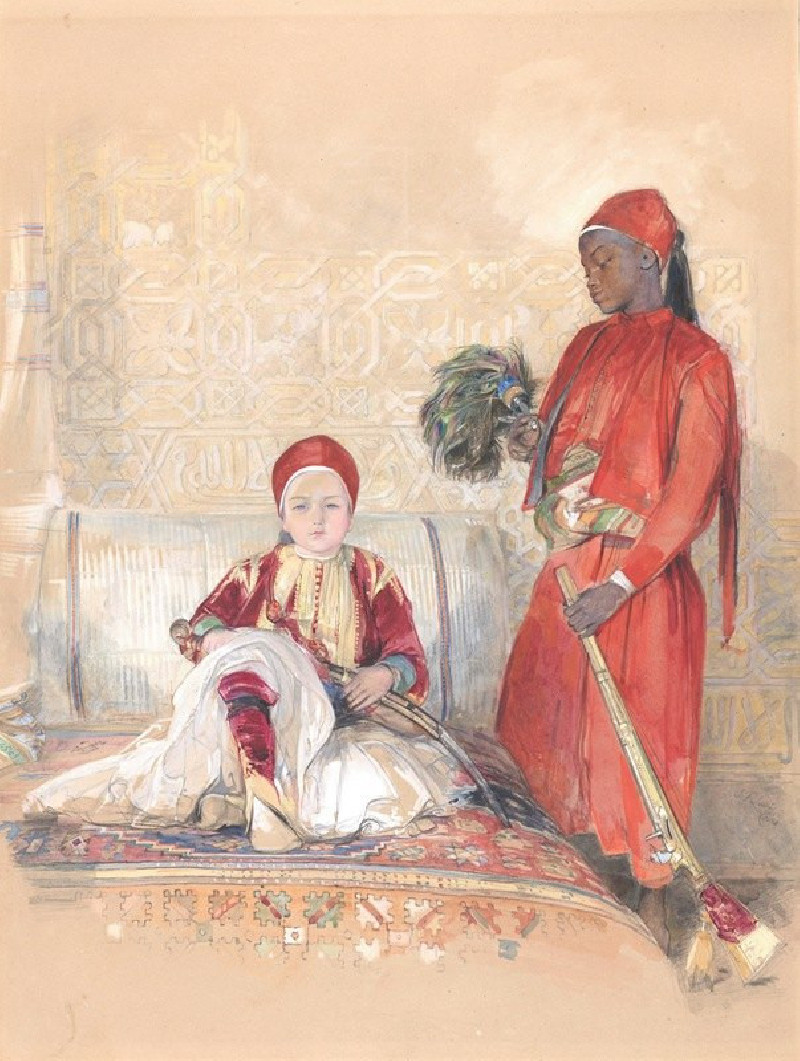
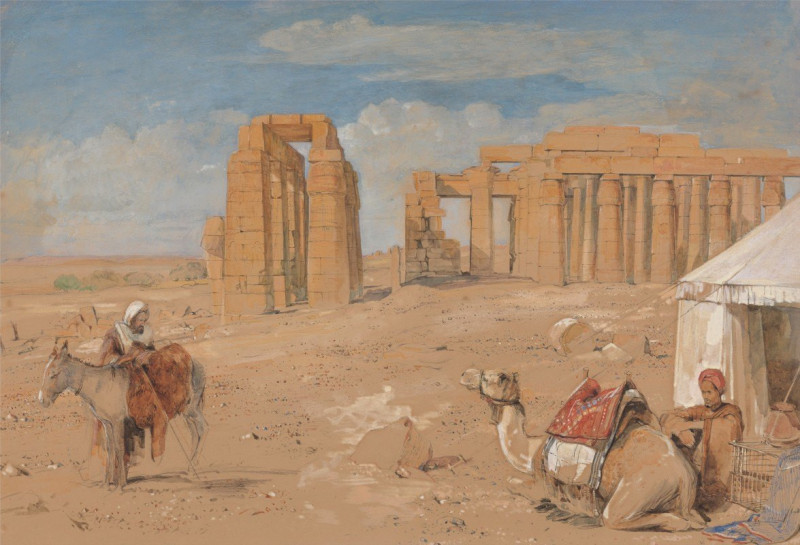
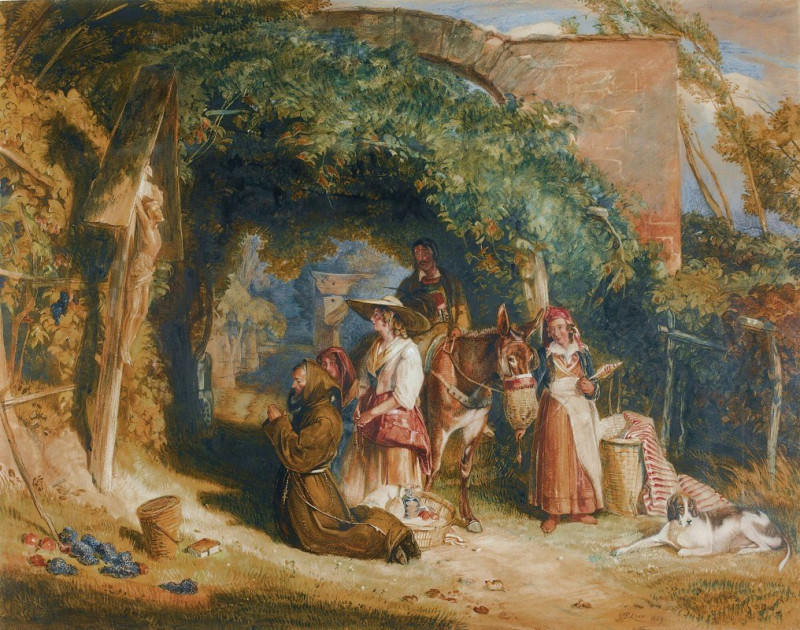
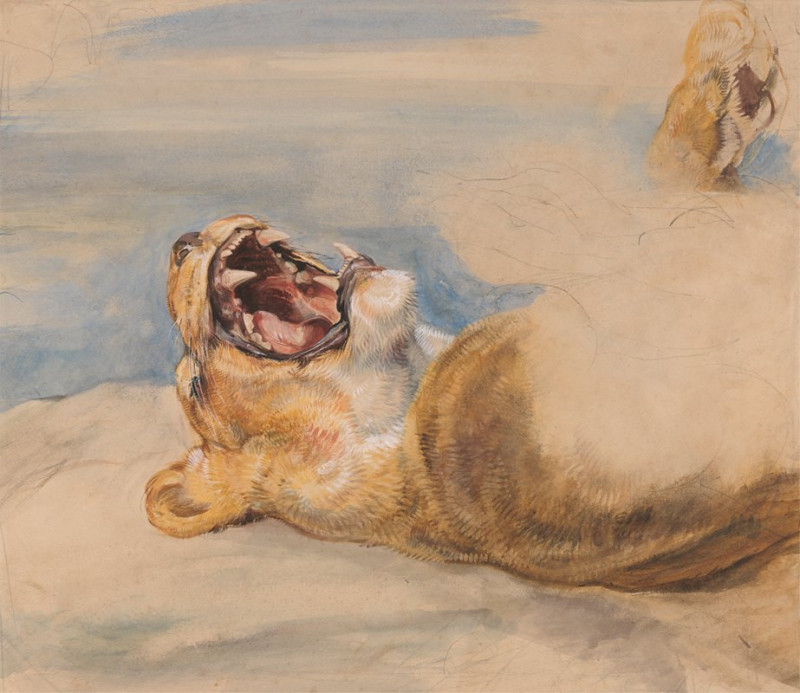

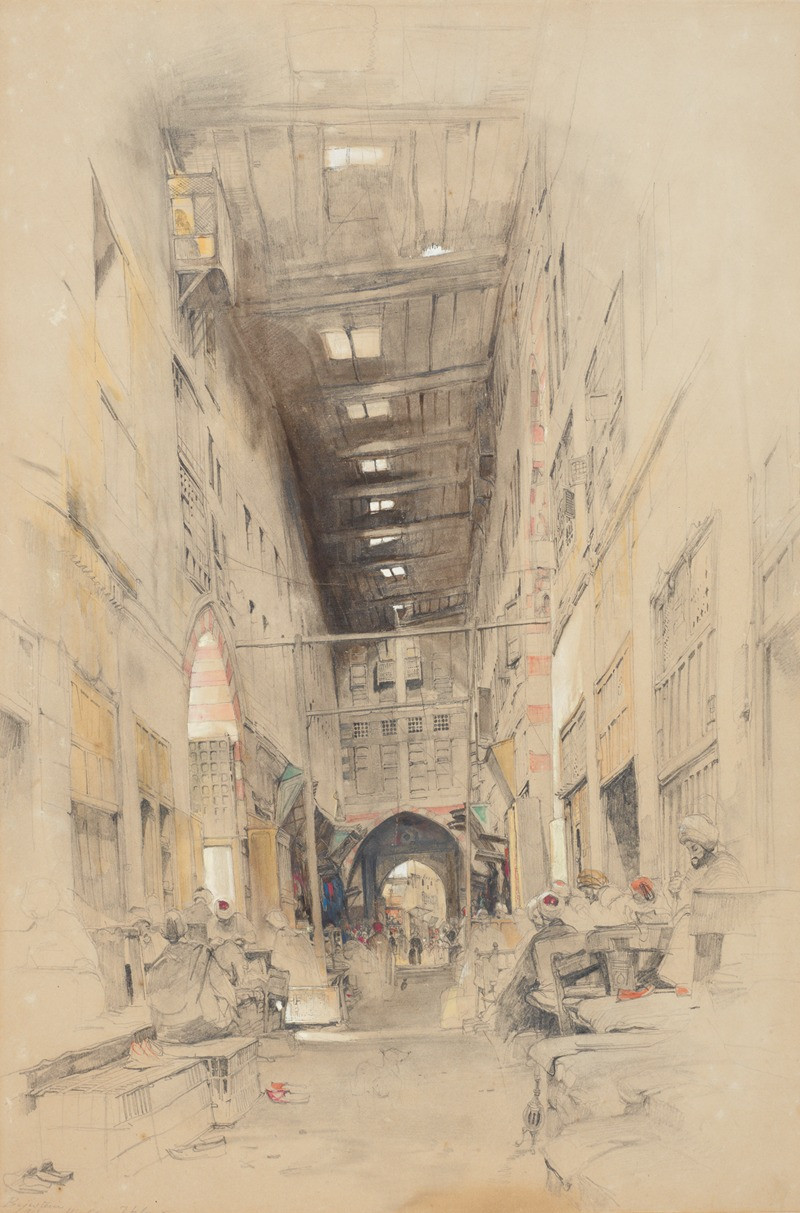

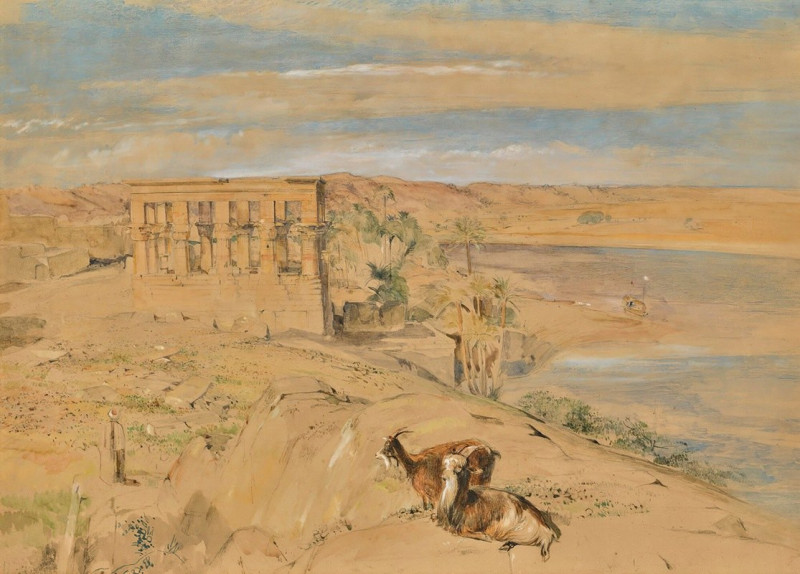
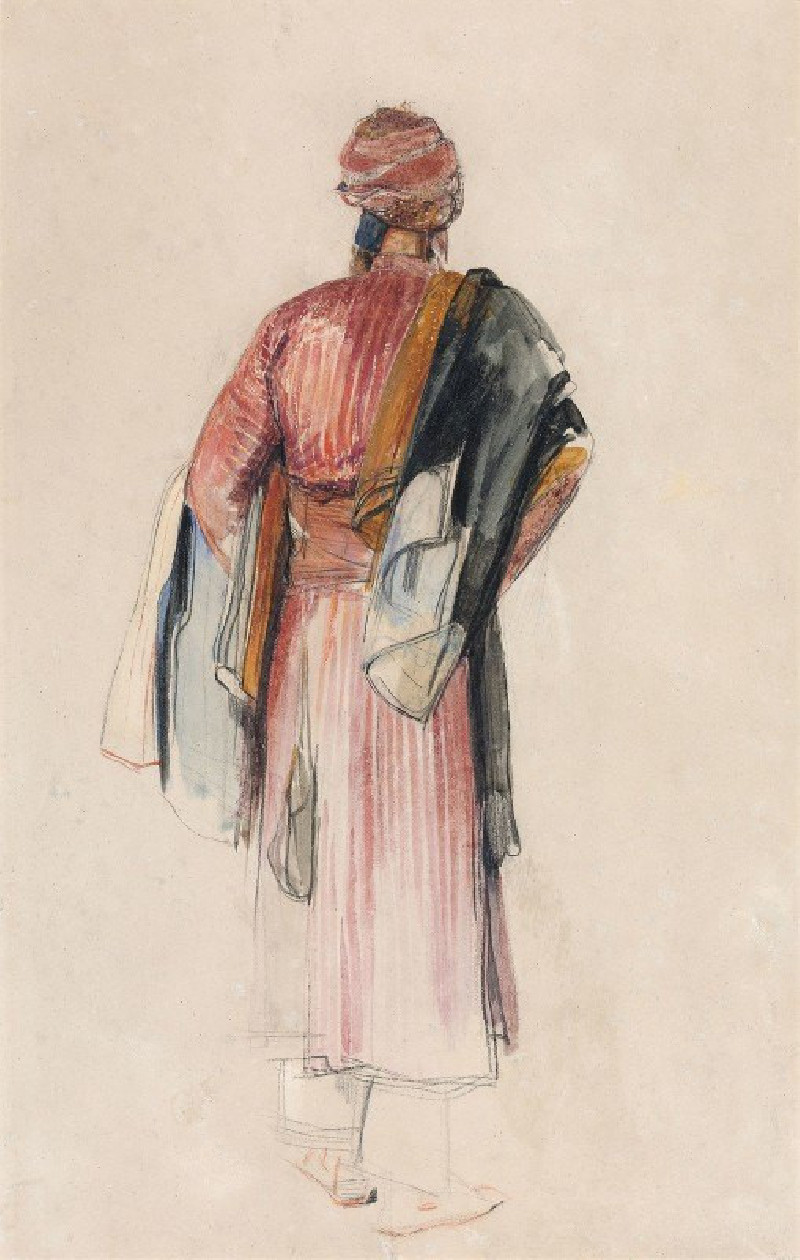
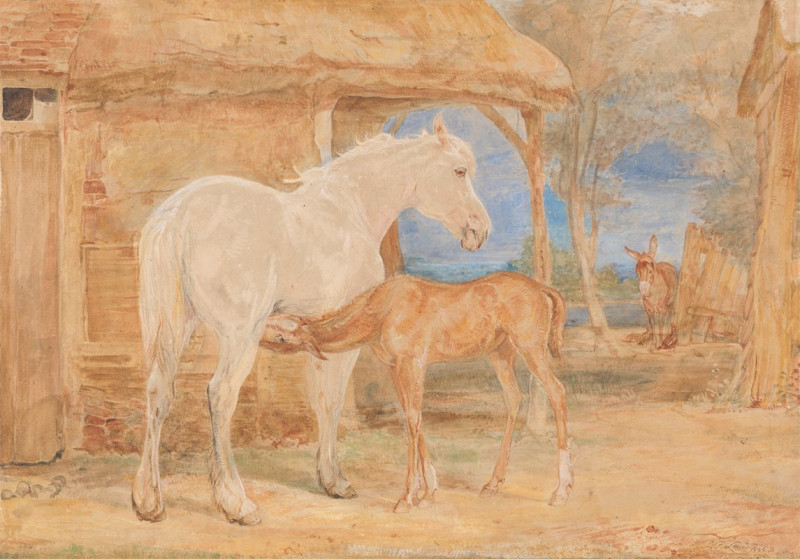
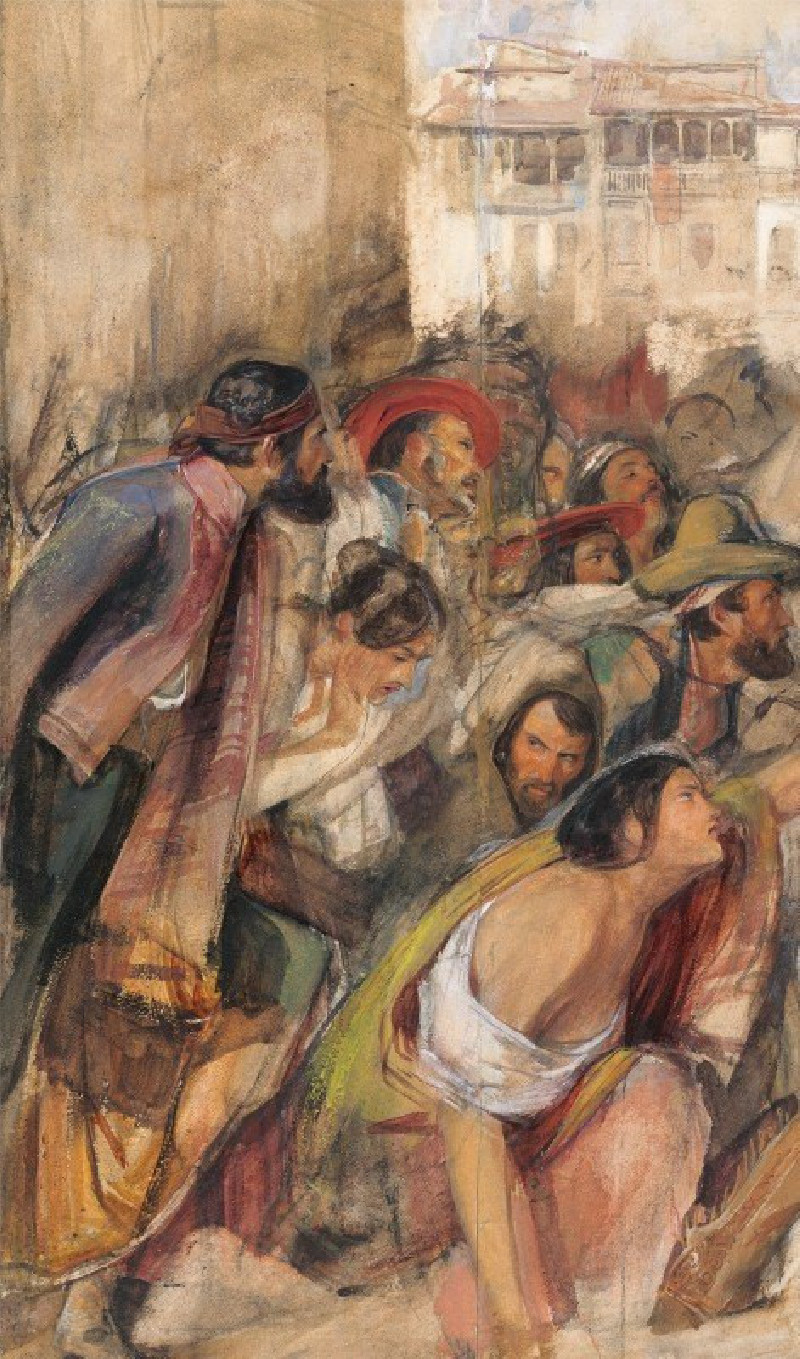
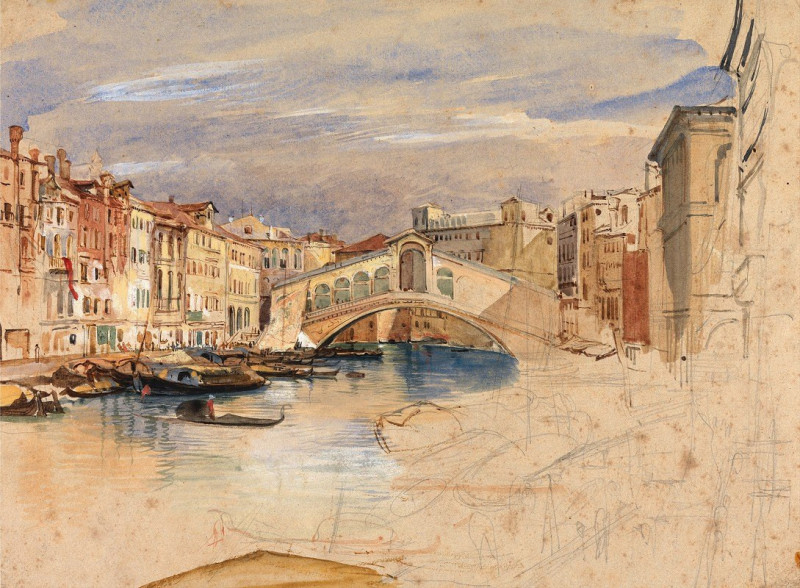
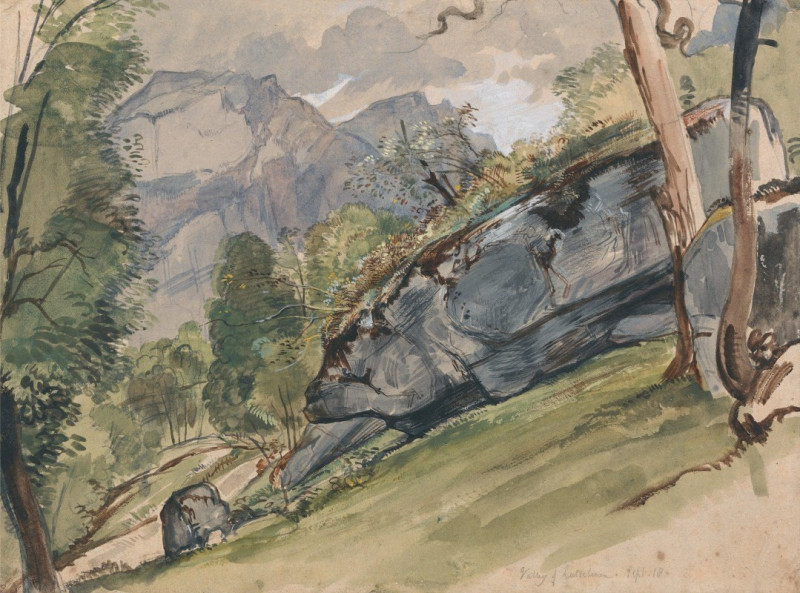
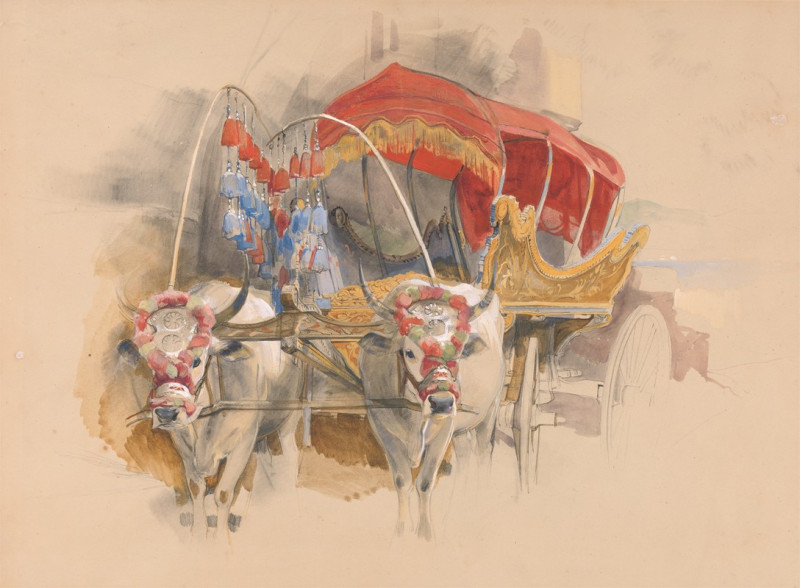
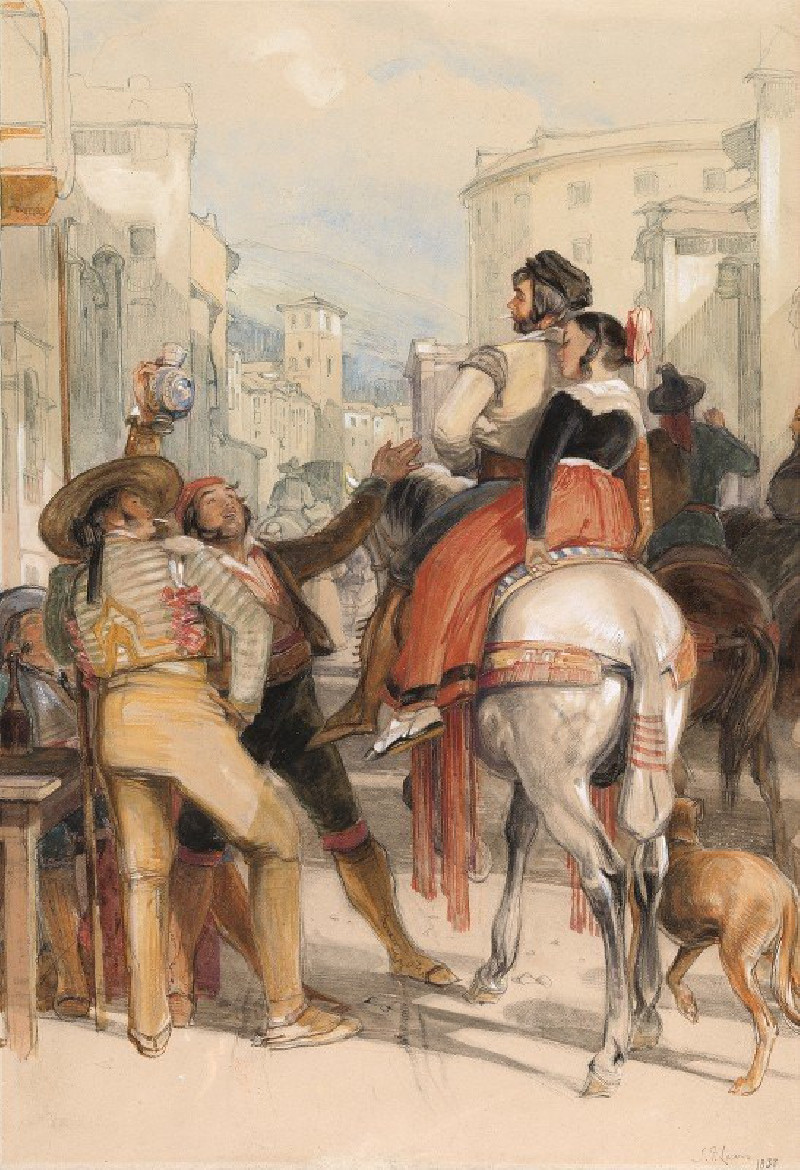
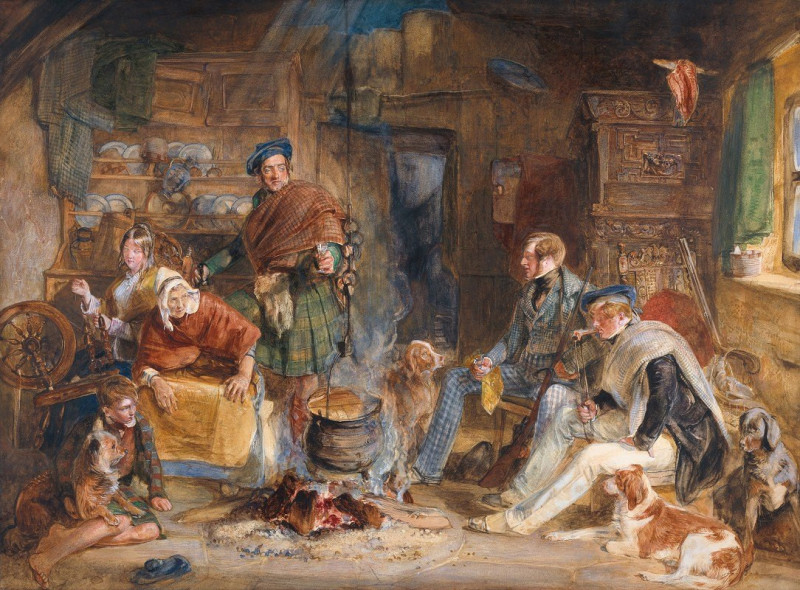
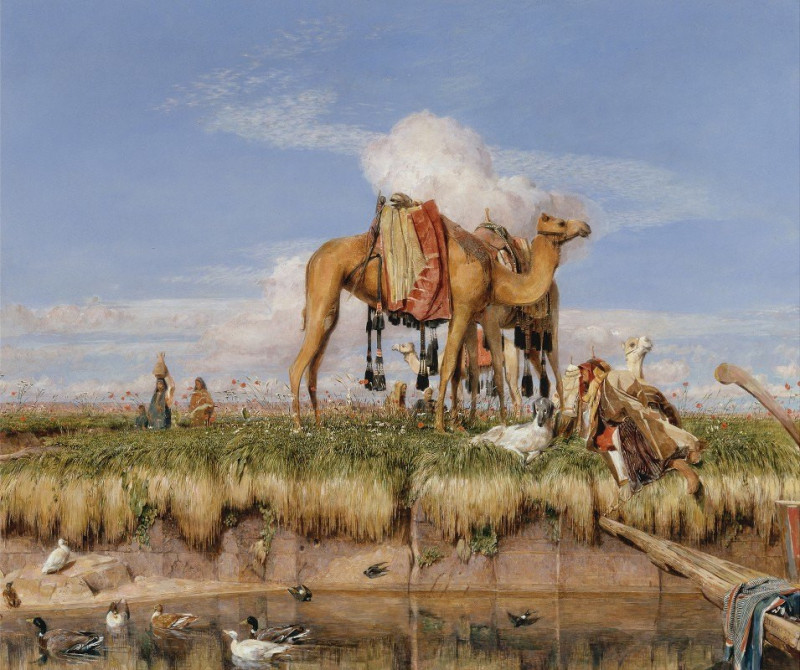
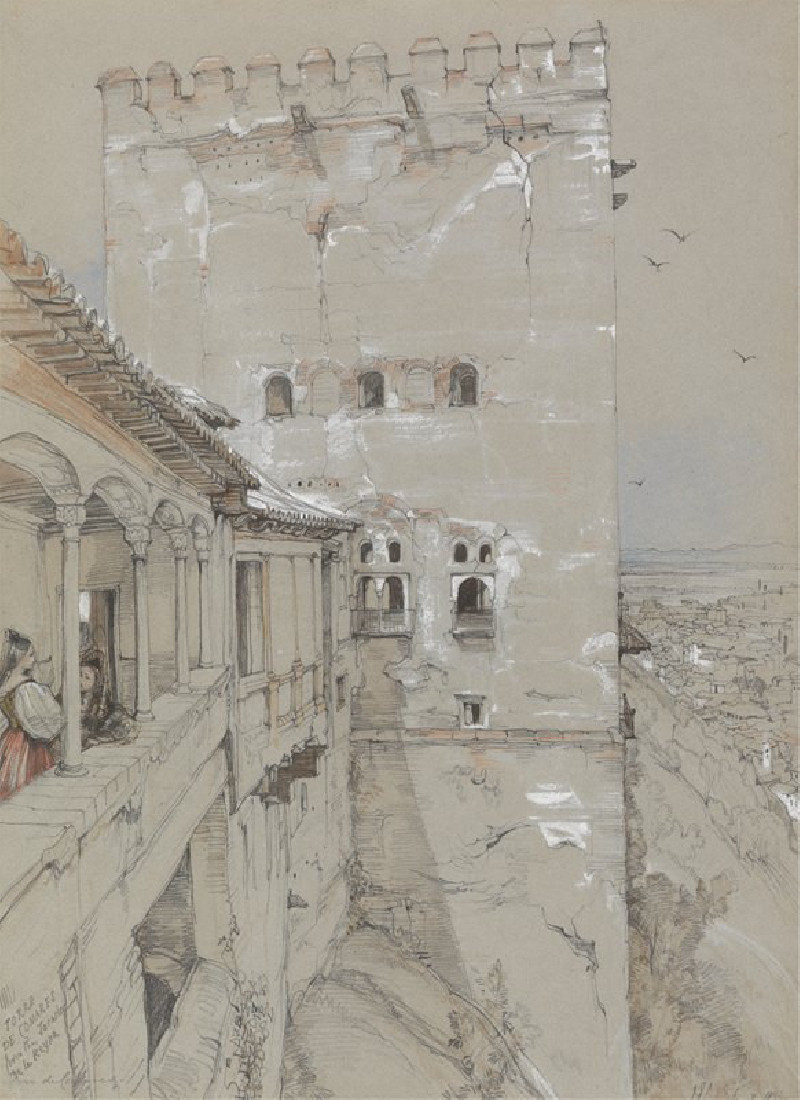


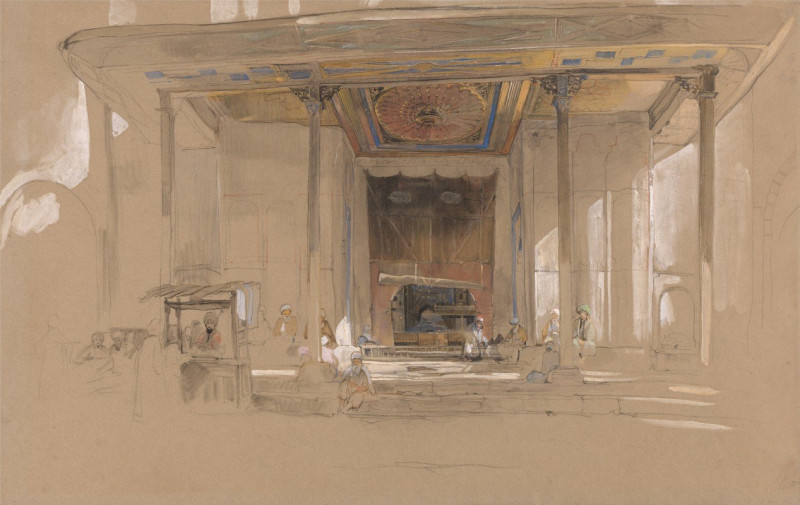
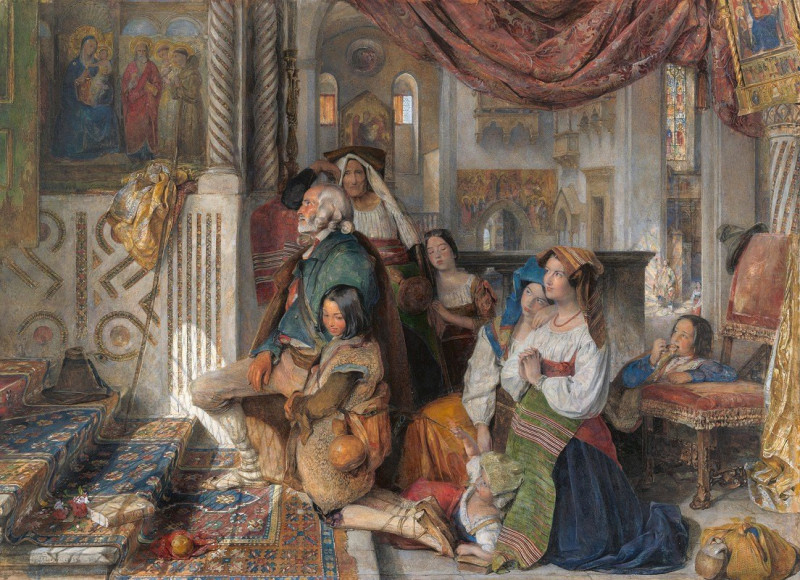
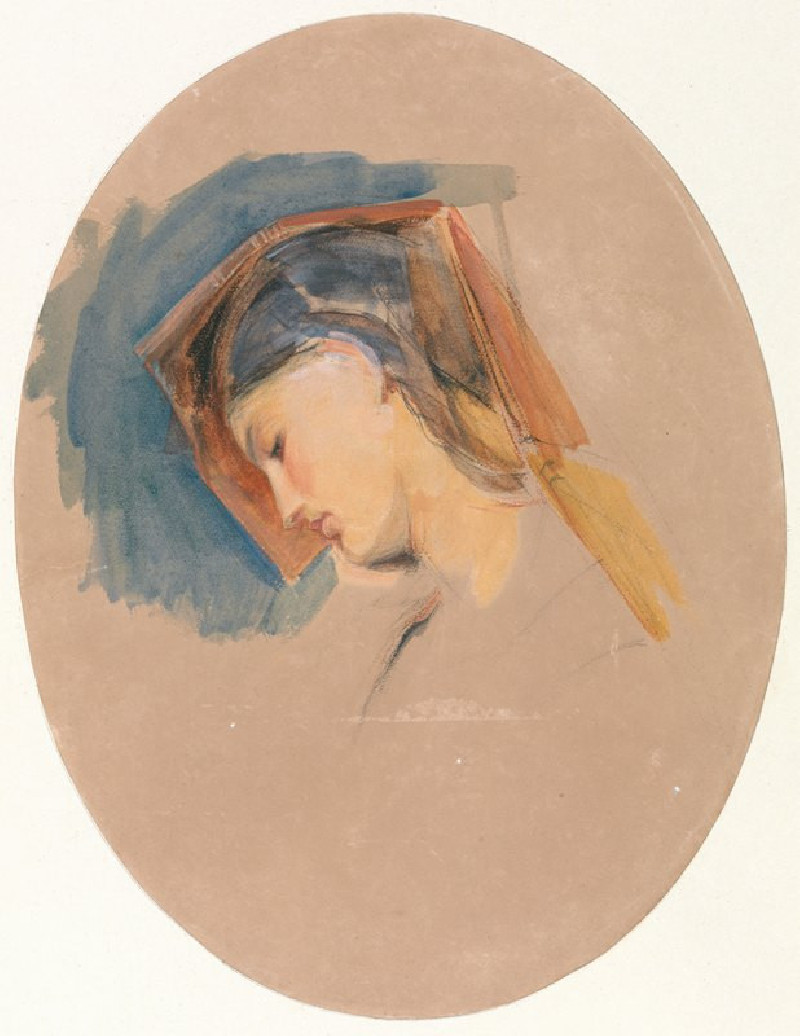
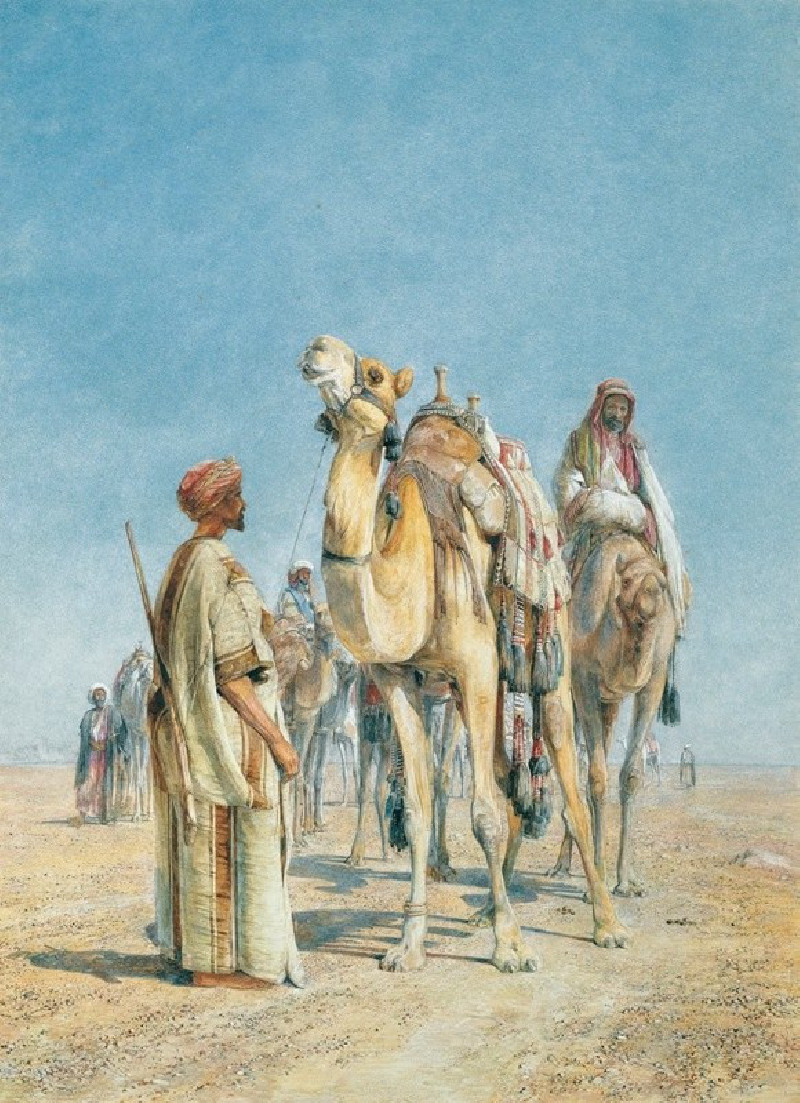
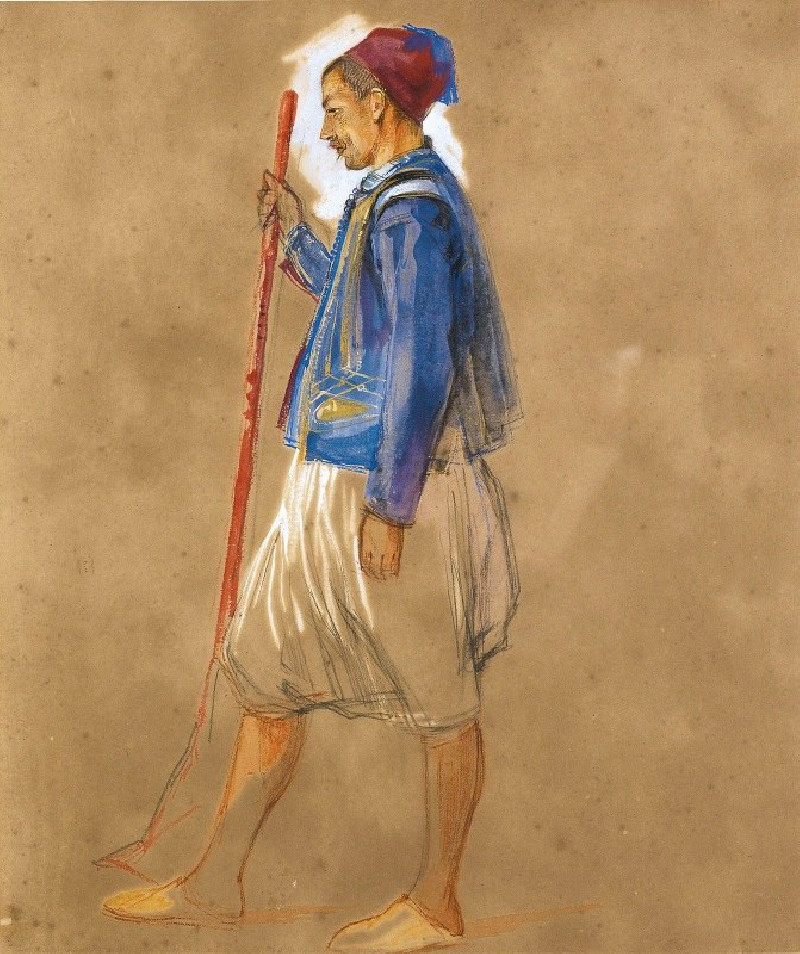
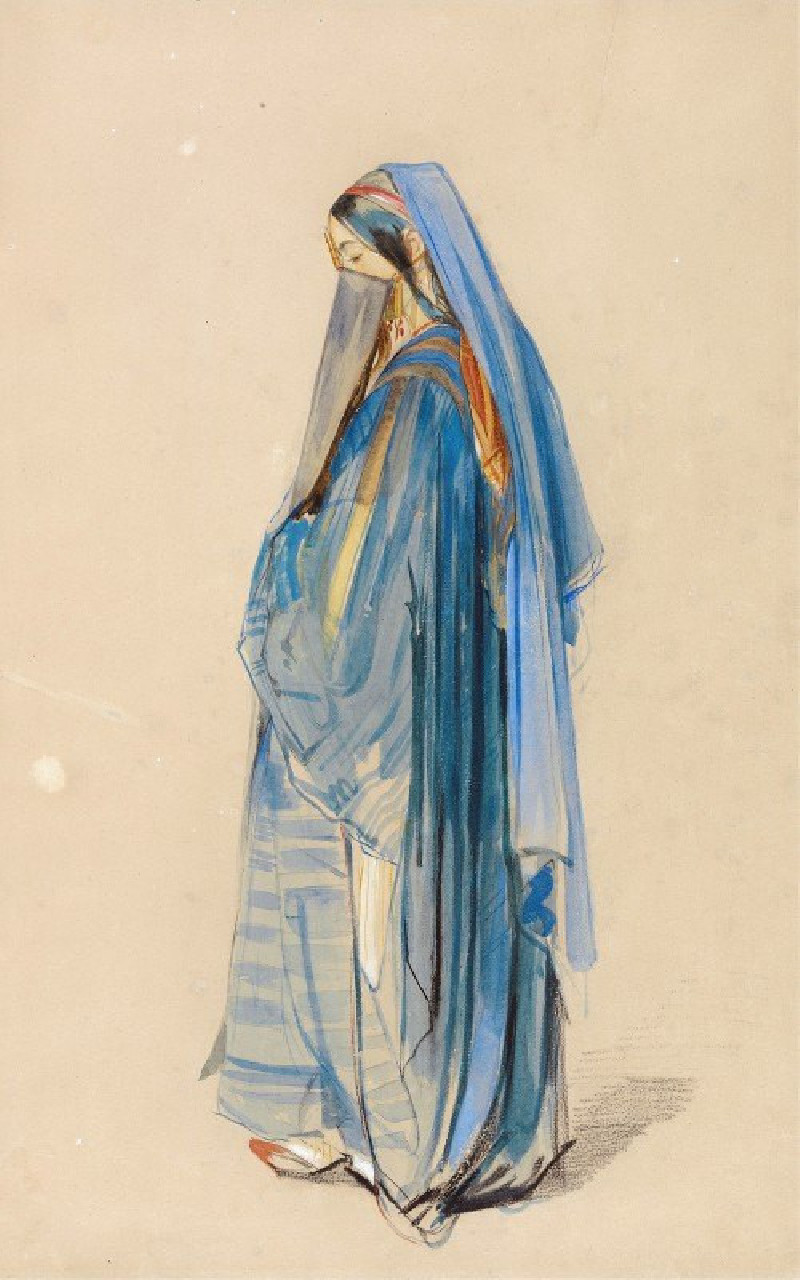


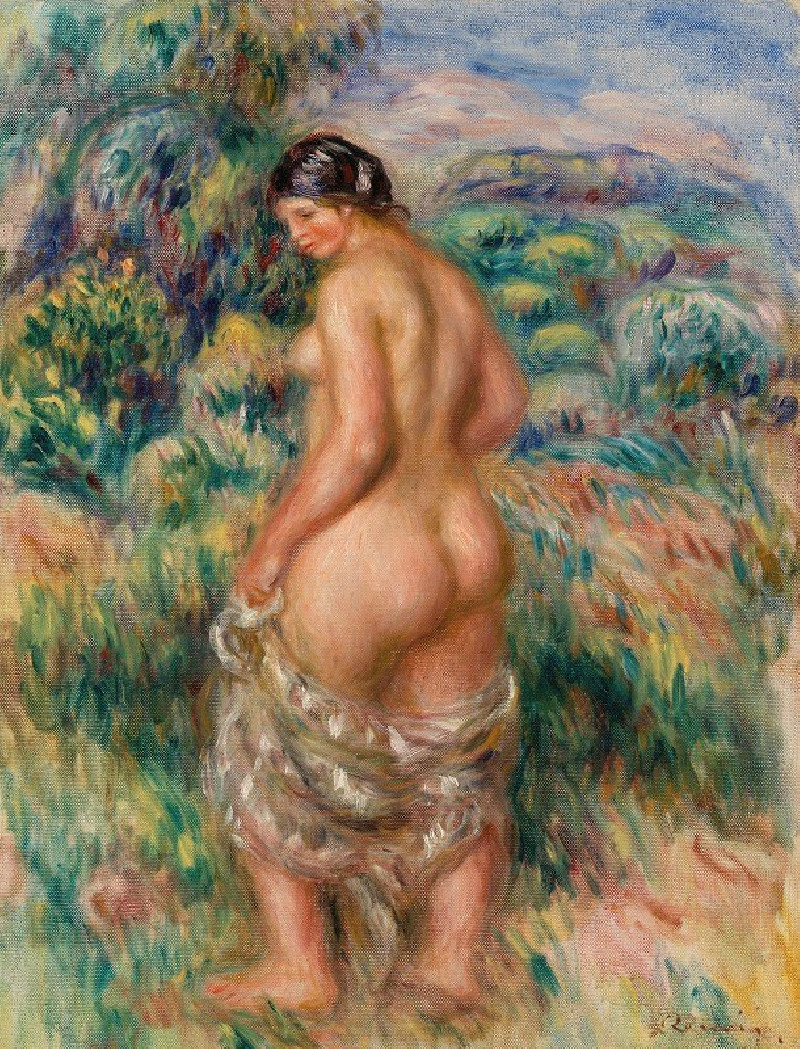
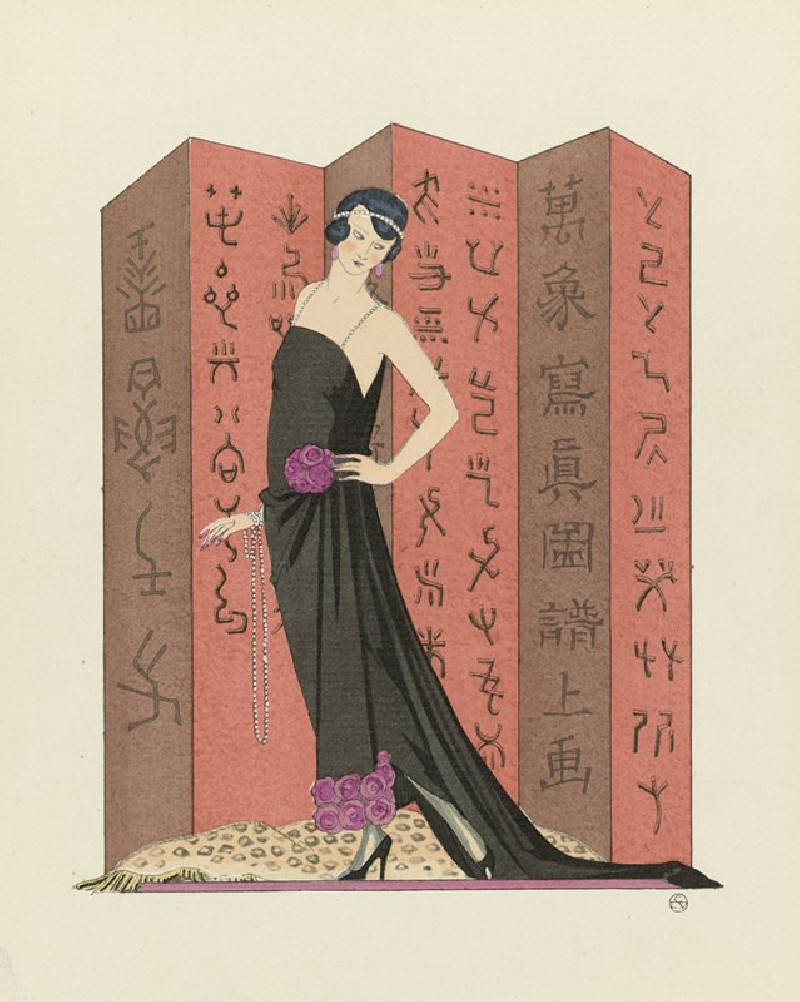
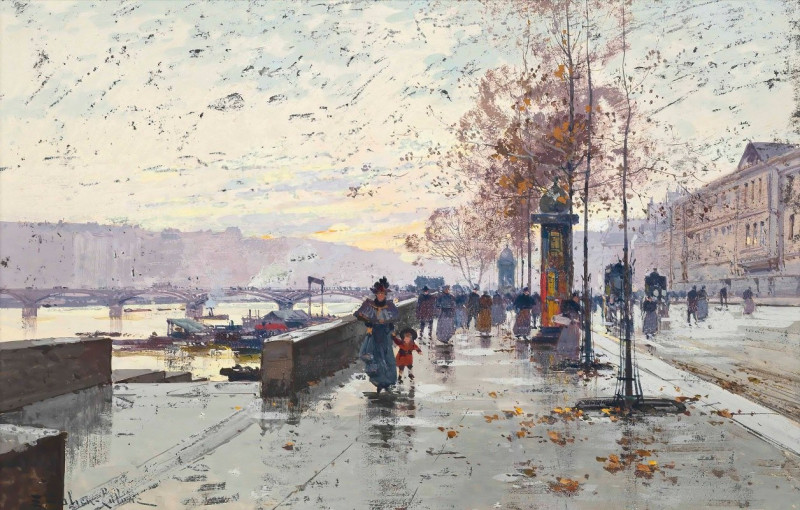
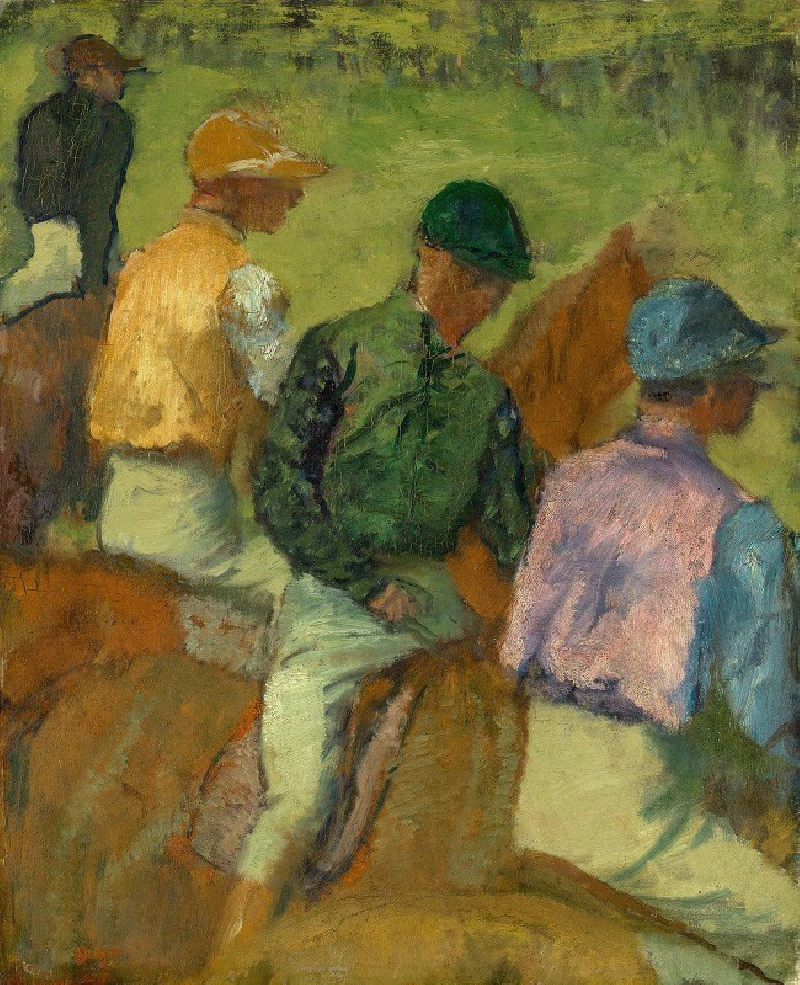
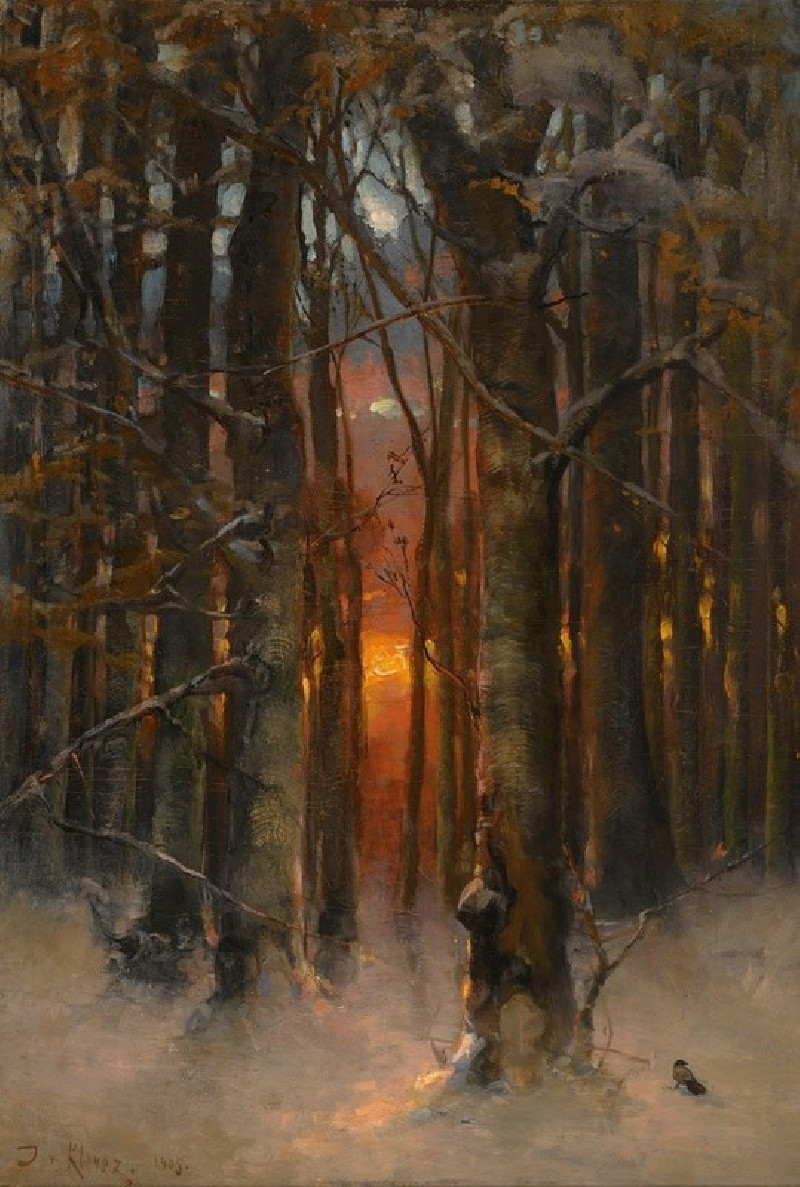
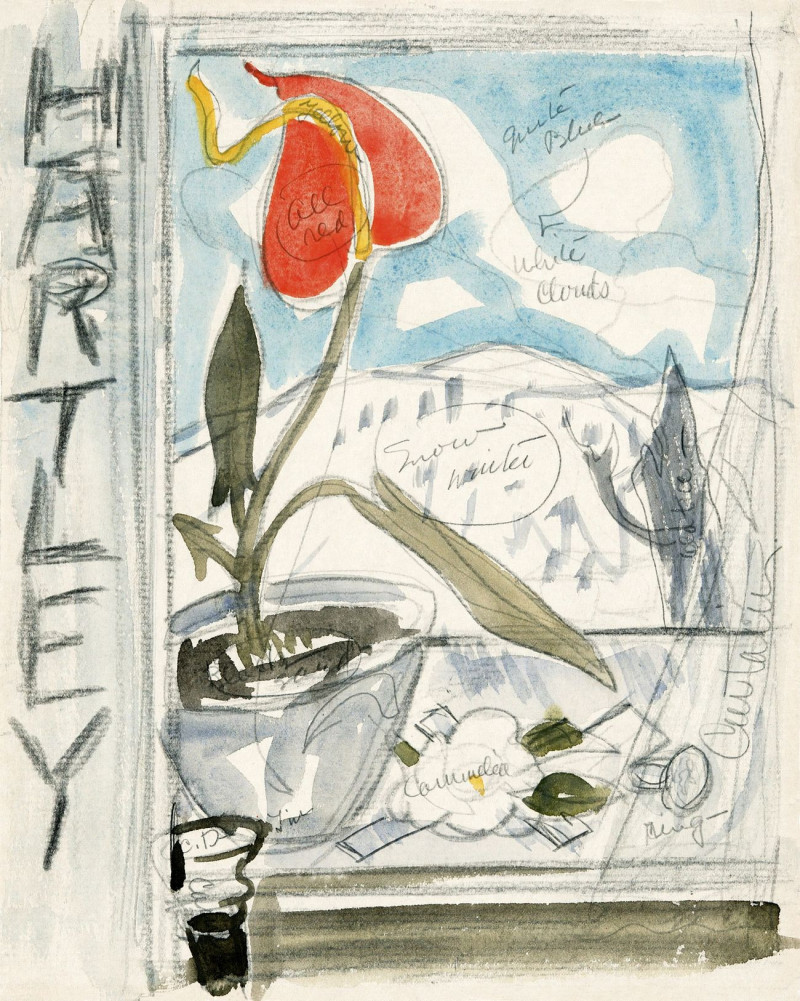

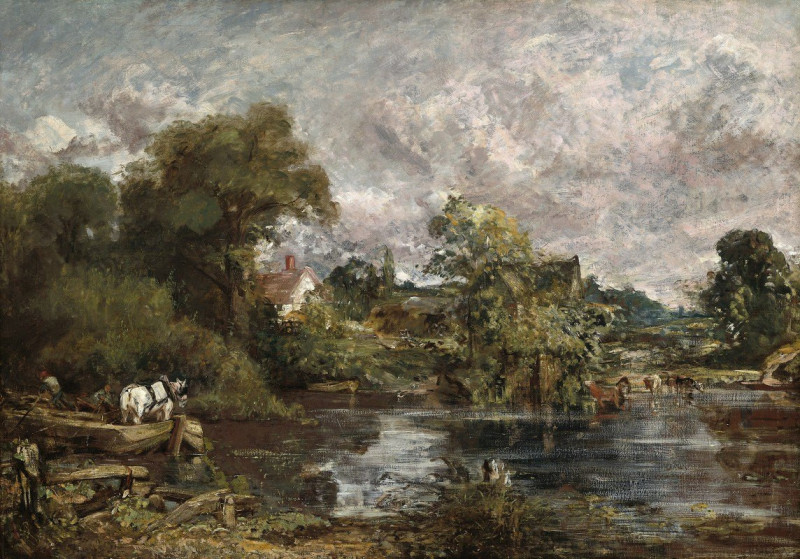
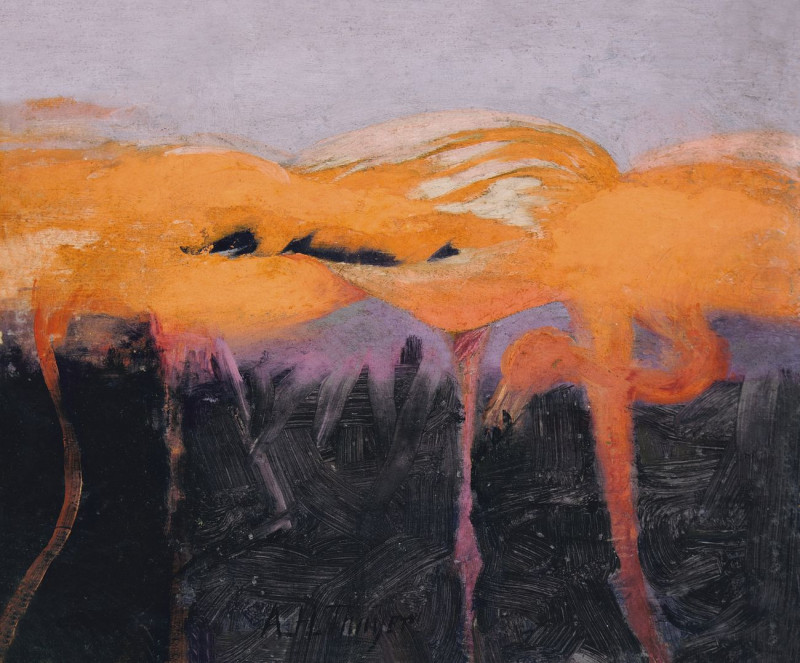
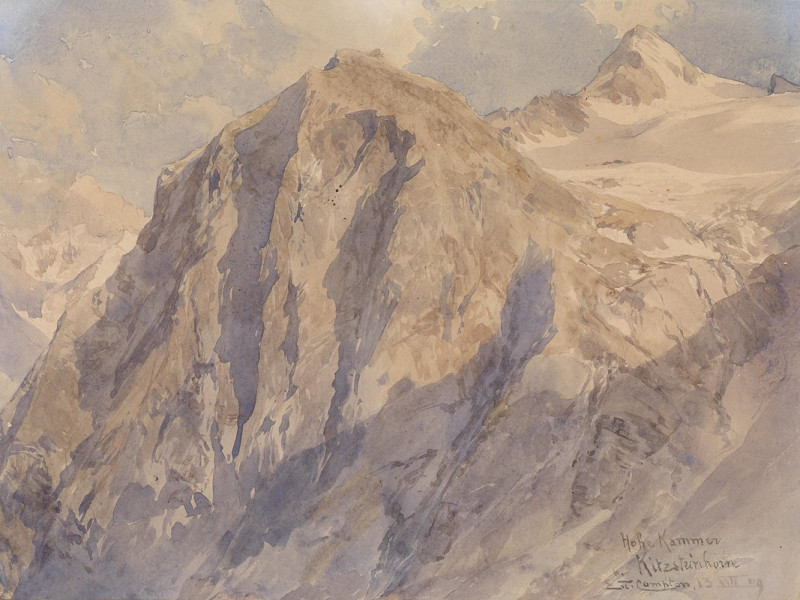
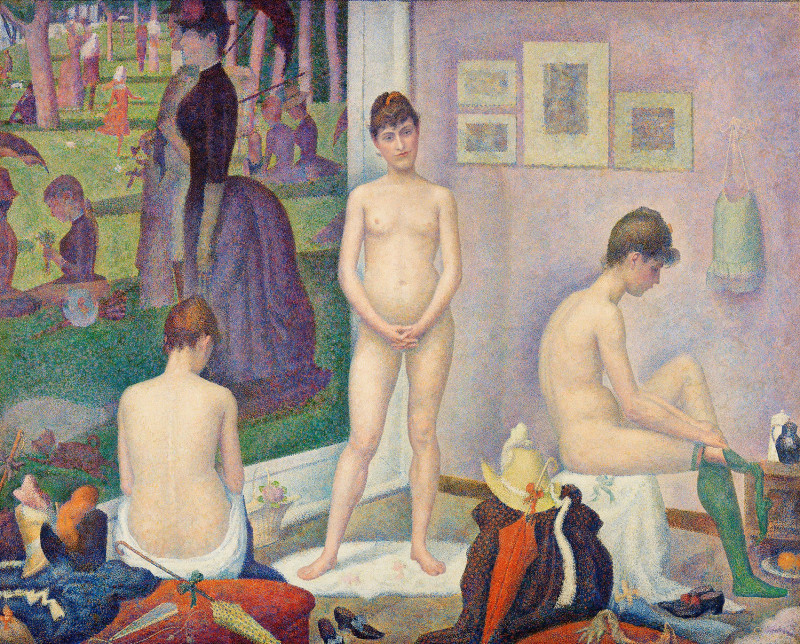
![Ruins of Karnack [Karnak]. (1846-1849) reproduction of painting by David Roberts. ALL GICLEE PRINTS](https://reprodukcijos.lt/39131-large_default/reproduction-of-ruins-of-karnack-karnak-1846-1849.jpg)
